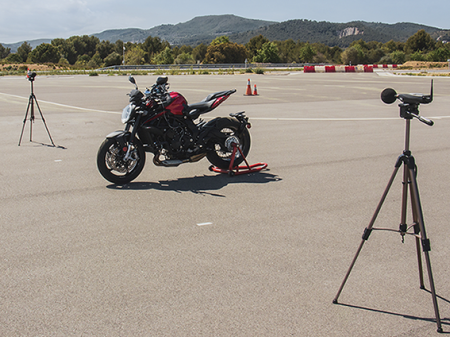Committed to effectively limit the noise emitted by new motorcycles, IMMA have closely collaborated with regulators to improve the sound emission test procedure.
IMMA’s Technical Director Daniela Leveratto said “Motorcycles require test criteria specifically dedicated to their category to consider their characteristic road behavior, considering also that motorcycles are usually not covered by bodywork or fairings and they have, therefore, less space for sound dampening measures compared to cars. As from 1 September 2023, new types of motorcycles will have to undergo a more stringent methodology of testing their sound emissions in the Countries applying the updated UN Regulation No. 41, in conditions addressing their real use on the roads”.
Working in a group of noise experts under the aegis of UNECE, the industry has proposed to widen the range of vehicle operating conditions for Additional Sound Emission Provisions (ASEP), presenting it in a new form called RD-ASEP, with a view to measuring real-driving (RD) conditions.
The improvements in the ASEP test procedure include among others:
– Widening the range of vehicle operations (vehicle speed, engine rpm);
– Introducing a non-constant speed approach to the measurement area;
– Allowing any constant throttle position within the measurement area;
– Covering any gear and any acceleration;
– Extending the sound measurement period, to include the deceleration of the vehicle
– Increasing the number of test points up to 18 instead of 4 currently, during type approval verification;
– Updating conformity of production and market surveillance provisions.
ASEP were first introduced into UN Regulation No. 41 in 2012 to reflect real-world motorcycle riding, by including additional test runs within a wider range of speeds – in several gear ratios – and ensuring that the results correlate with those obtained during the pass-by test.
About GRBP and WP.29
In existence for more than 50 years, and with participants coming from all over the world, especially the main motor vehicle producing countries, the World Forum for Harmonization of Vehicle Regulations (WP 29) offers a unique framework for globally harmonized regulations on vehicles.
The Working Party on Noise and Tyres (Groupe Rapporteur Bruit et Pneumatiques – GRBP) is a subsidiary body of the World Forum for Harmonization of Vehicle Regulations (WP.29) that prepares regulatory proposals on vehicle noise and tyres for consideration and adoption by WP.29. To develop those requirements, GRBP conducts research and analysis.

